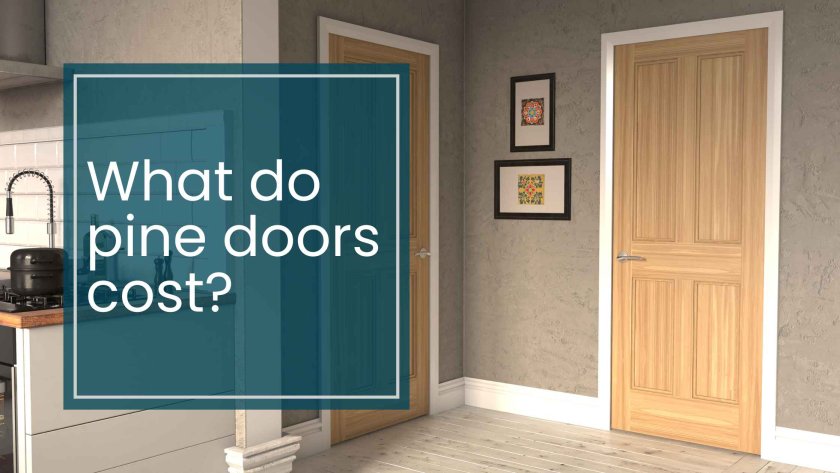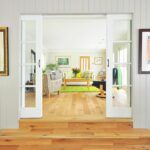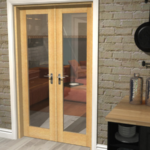Renovating a home comes with an endless list of decisions and expenses. From the flooring underfoot to the light fixtures overhead, every choice impacts your budget. One decision that often gets overlooked but can make a surprising difference is your choice of internal doors. If you’re trying to keep costs under control without sacrificing quality or style, there’s one word you should keep in mind: pine.
Why Pine Is the Budget-Conscious Homeowner’s Best Friend
Among the various types of timber used for interior doors, pine consistently comes out on top for affordability. But don’t let the price fool you, pine has a lot more to offer than just cost savings.
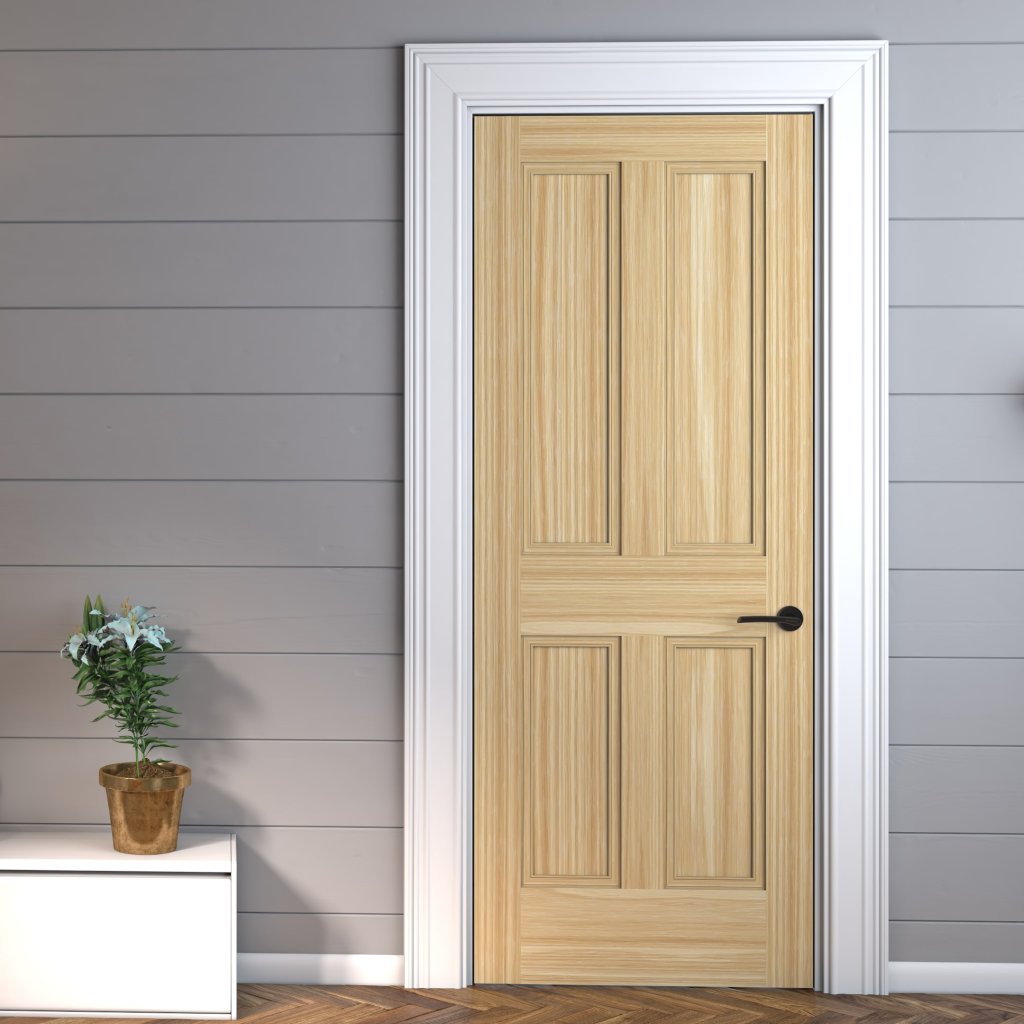
Pine is a softwood, which means it’s generally more abundant and easier to work with than hardwoods like oak or walnut. That abundance translates to lower prices. In fact, pine is often considered the cheapest wood suitable for interior doors, making it an ideal choice for homeowners looking to renovate on a budget.
For context, while a standard oak internal door can set you back anywhere from £80 to £400, high-quality pine interior doors can start at just £70 and range up to around £150 depending on style and finish. That’s a saving worth noting, especially if you’re replacing multiple doors in a home.
Pine: Cheap in Price, Rich in Benefits
So, is pine wood cheap or expensive? Technically, it’s cheap but that doesn’t mean it’s low-grade. Pine offers a warm, natural appearance that complements both modern and traditional interiors. Its light grain takes stain and paint well, making it incredibly versatile. Whether you want a Scandinavian-style pale wood finish or a rich walnut tone, pine can be finished to suit.
This makes pine a bit like a blank canvas. Imagine you’re an artist, and your door is the medium. You can customise it to reflect your personality, your interior design, or the era of your home. That’s not something every material offers so easily.
Durability: Do Pine Doors Stand the Test of Time?
One common concern among homeowners is durability. How long do pine doors last?
The good news is, with proper care and a decent finish, solid pine doors can last decades. Sure, it’s not as hard as oak or mahogany, but it holds up remarkably well for interior use. After all, your internal doors aren’t being battered by the elements.
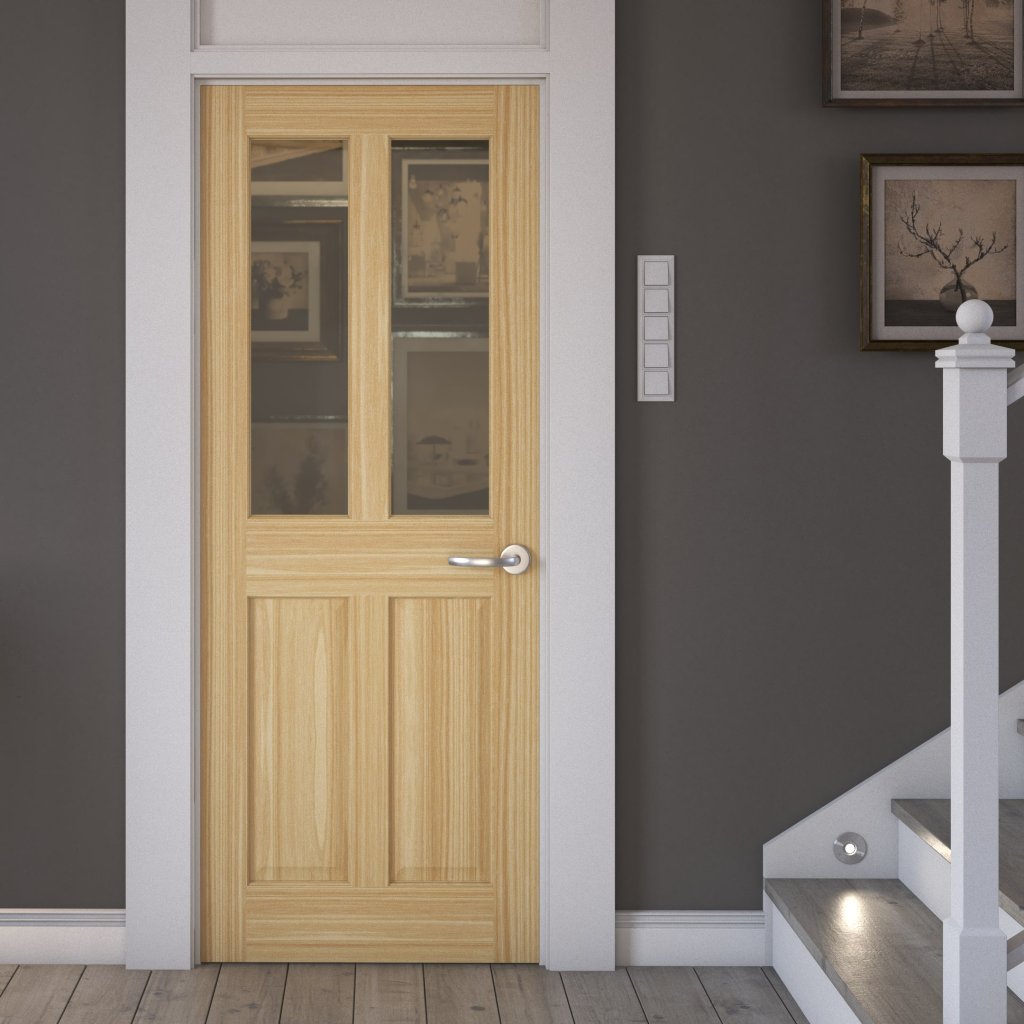
Matt Shaw, our Technical Director worked hard to bring more internal pine doors into our range because they offer so many benefits. “People often underestimate pine,” he says. “It can be in use for over 10 years and still look great. It’s all about the finish and how well they’re looked after.”
Do Pine Doors Warp?
This is a fair question. As a softwood, pine is more prone to movement than hardwoods but when it’s properly seasoned and sealed, warping is unlikely in normal indoor conditions.
Think of it this way: most movement in wood comes from moisture changes. If your home is well-ventilated and your doors are properly treated, you’re unlikely to run into problems. Many pine doors today are engineered or semi-solid, which means they have internal cores designed specifically to resist warping.
A solid pine internal door is actually more likely to warp than one with an engineered core that’s been designed to withstand changes in moisture and temperature.
Staining and Painting: The Finishing Touch
Another point in pine’s favour is its finish-friendly nature. Pine absorbs stain beautifully, allowing homeowners to achieve a variety of looks without breaking the bank. Want the appearance of walnut without the walnut price tag? Pine can deliver it with the right stain.
You can also preserve the natural beauty of clear or knotty pine with a varnish or oil. The distinctive grain patterns can be really striking, adding to the rustic charm of the wood.
And if paint is more your style, pine’s smooth surface provides a perfect base. It’s no wonder many DIYers and professional decorators alike gravitate toward it.
One homeowner recently, Ian, shared their experience of choosing pine doors with a stain via our Trustpilot reviews. “Good quality door, looks good stained & varnished,” he said. “Good value for money.”
A Variety of Styles and Finishes
Just as versatile as other doors, you can find the right pine door from a selection of styles, finishes and designs.
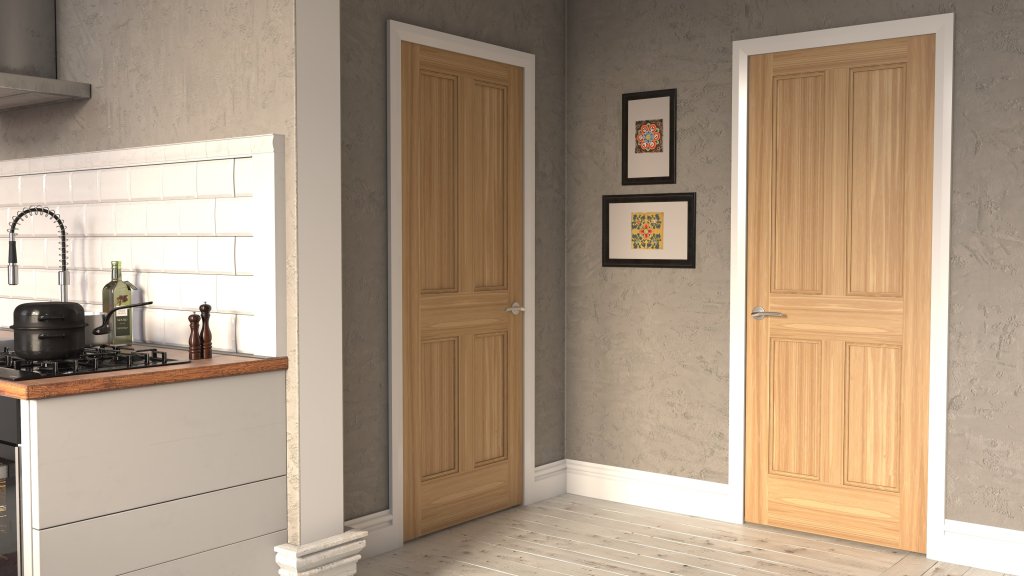
Glazing
If you need more natural light in your home, you can choose pine doors with glass panels. It can give your home’s interior a boost by brightening everything up. Clear glass gives you maximum light flow, whilst obscure glass can maintain a sense of privacy.
Fully Finished
When pine doors are prefinished, they usually make the most of the beautiful grain and give you a high quality look. You’ll get exceptional value with the durable, low-maintenance finish.
Unfinished
Many of our pine doors are supplied unfinished, making them even more cost effective. You can add your own stain to enhance the natural feel or match with other items.
Knotty and Clear Pine
For a classic look with timeless appeal, clear pine is smooth and uniform. If you want to add character to a rustic home, knotty pine could be the right option. This wood is a versatile choice that offers plenty of opportunity to find your own style.
Every look can be further refined with the right choice of door furniture. Hinges and handles can make the style feel different and unique, fitting perfectly with your décor.
So, How Much Should You Pay for an Interior Door?
This is one of those questions with a slightly frustrating answer: it depends. But here’s a guideline:
- Budget Range: £50–£80 (basic pine doors, often unfinished and the lower end will usually be flush or hollow core)
- Mid-Range: £80–£120 (pre-finished pine doors or those with panel designs, may have a solid core)
- High-End Pine: £120–£160 (solid engineered pine with premium finishes)
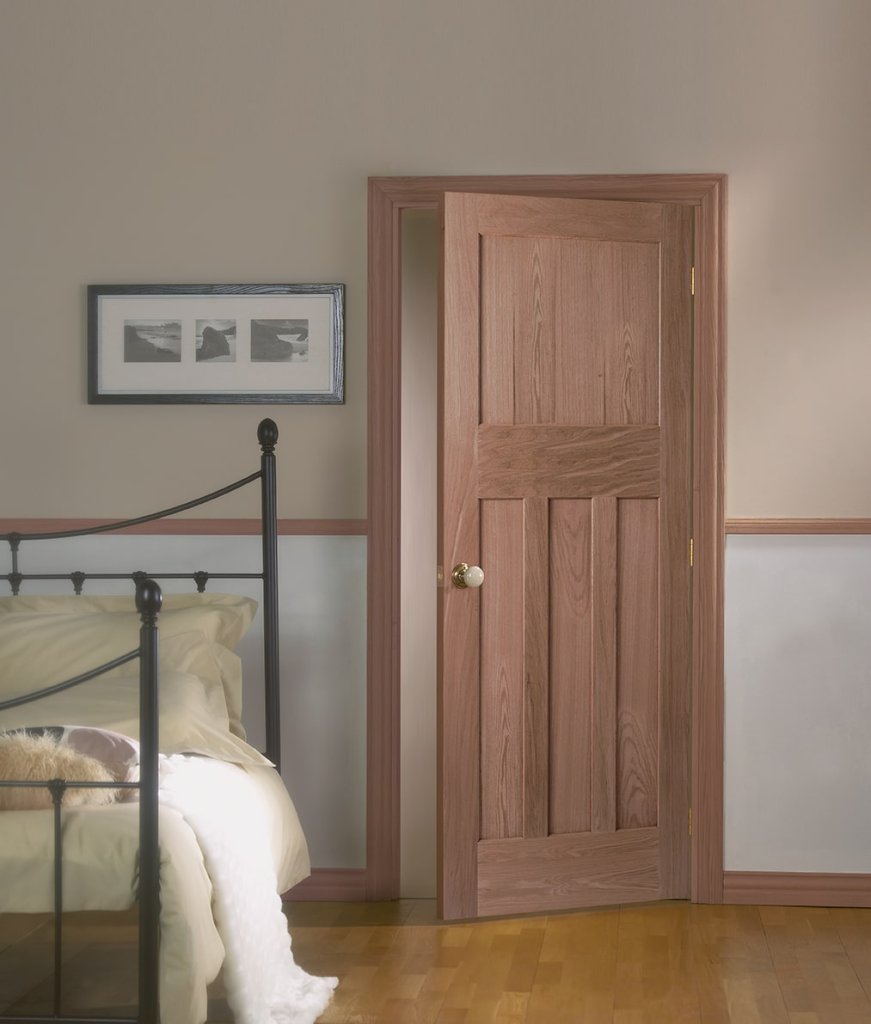
These prices make pine a truly budget-friendly option, particularly when compared to hardwoods, which can easily double or triple the cost.
It’s also worth noting that the cost of fitting a door (usually around £40 to £80 per door for labour) remains constant regardless of the door material. So choosing pine allows more of your budget to go toward finishes or other areas of the home.
The Bigger Picture: Why Pine Just Makes Sense
At the end of the day, choosing interior doors is about more than just appearance. It’s about making smart, long-term decisions for your home. Pine offers that rare combination of affordability, aesthetic versatility, and reliable durability.
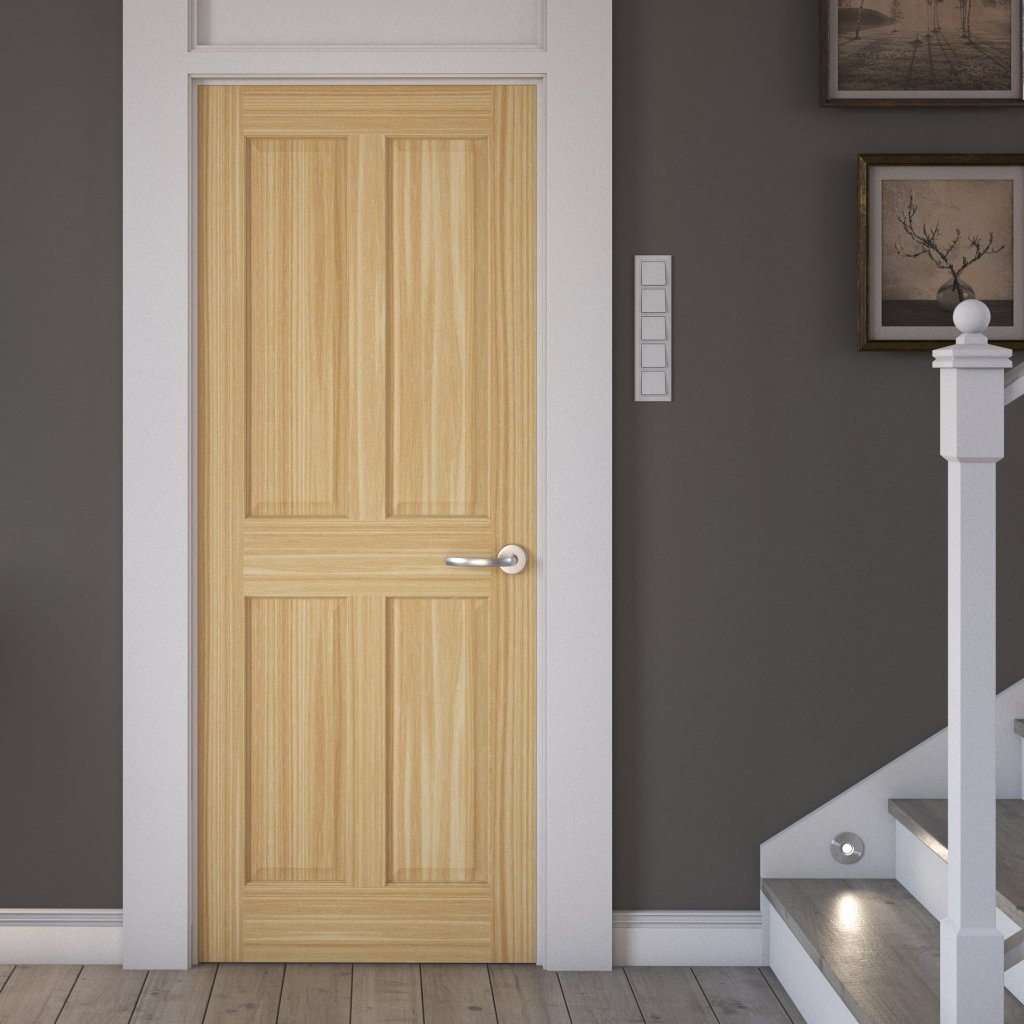
Whether you’re a homeowner trying to stretch your renovation budget, or a tradesman recommending options to clients, pine doors present a compelling case.
They are, quite simply, a practical luxury.
Like a reliable family car that’s comfortable, efficient, and gets the job done without the prestige price tag, pine doors offer honest value. And in a world where every pound matters, that’s something worth opening the door to.
In Summary:
- Pine is the cheapest suitable wood for interior doors.
- Though low in price, pine is rich in versatility and durability.
- Properly treated pine doors can last decades.
- They’re easy to stain, paint, and customise.
- Expect to pay between £70–£150 for a good-quality pine internal door.
Whether you’re renovating a single room or an entire home, pine doors are a smart, stylish, and budget-friendly choice that stand the test of time.
View our range of pine doors to find your perfect match today:


